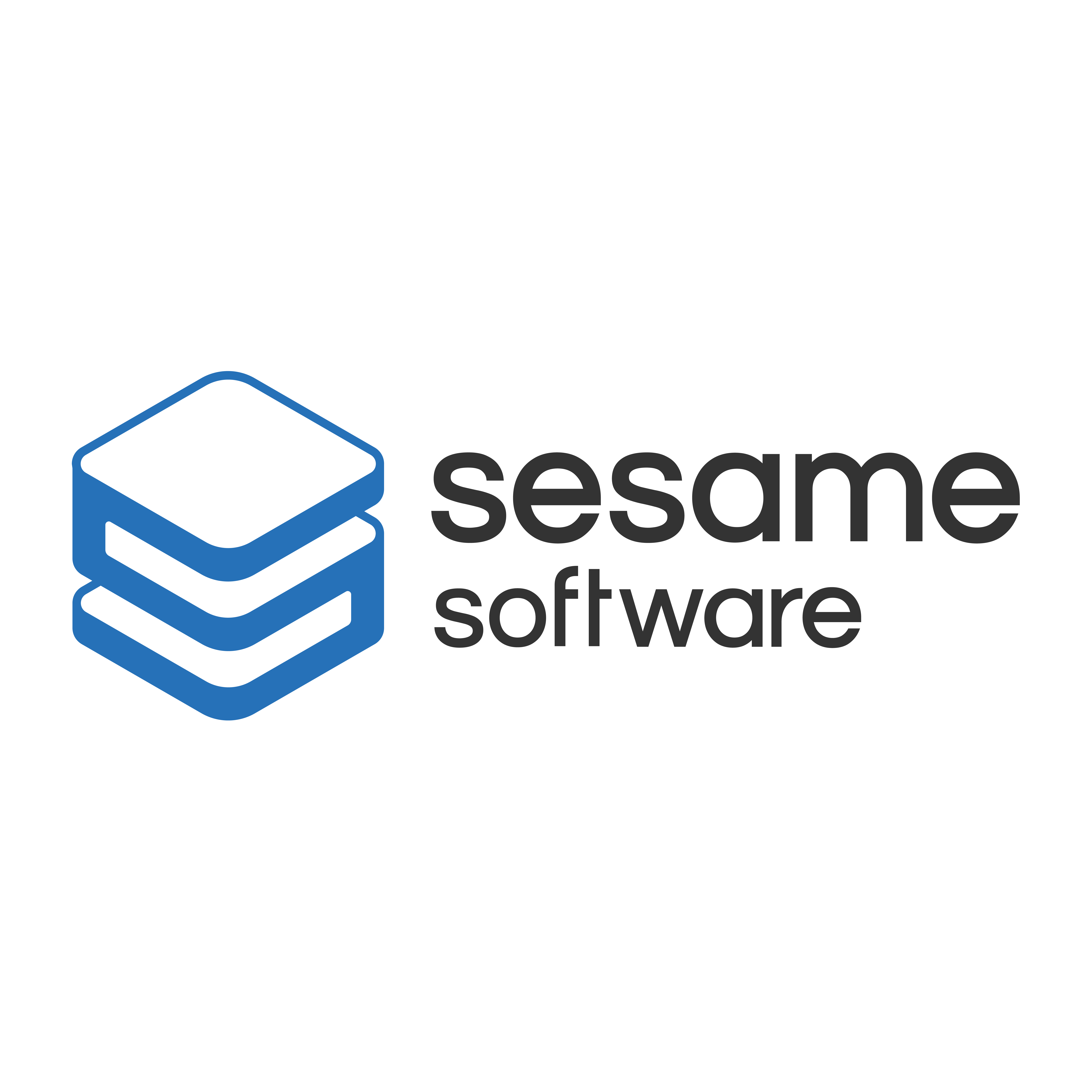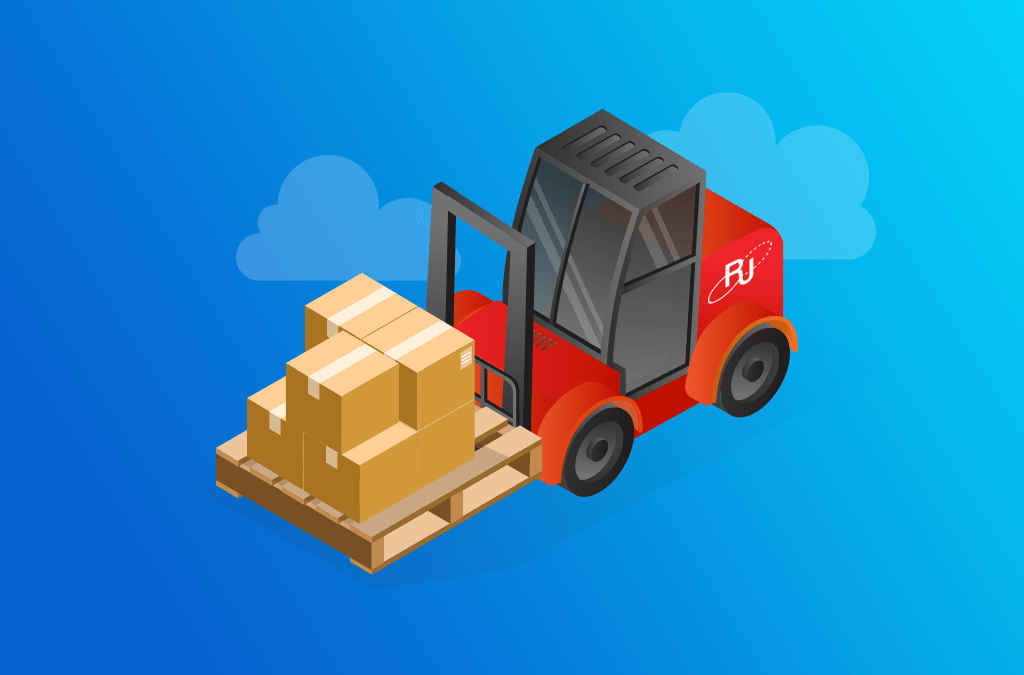The migration of workloads to the cloud can drastically alter an enterprise’s IT landscape by utilizing the cloud’s scalability, flexibility, and agility. While there are many types of cloud migration, one of the easiest, least costly, and safest ways to migrate an existing workload to the cloud is to deploy the workload as-is and run it on cloud-native infrastructure.
This is known as the “Lift and Shift” (or rehosting) approach.
The lift and shift approach is migrating your existing data and applications and rehosting them in the cloud with minimal or no changes. Applications are effectively “lifted” from the existing environments and “shifted” as-is to new hosting premises, i.e., in the cloud. In this case, new hosting premises often means moving to a public cloud provider like Oracle Cloud Infrastructure, Amazon Web Services (AWS), or Microsoft Azure. There is no need for changes to the existing application, making this model the ideal approach for cloud migration strategy deadlines.
This blog examines the lift and shift cloud migration approach in detail and will discuss how Sesame Software can assist you in your cloud migration journey.
Cloud Migration Business Drivers
Some key business drivers for migrating workloads to cloud platforms are:
- Shifting from underlying infrastructure and platforms to application innovation
- Ingestion for more types of data and larger volumes in less time
- Hybrid architecture to leverage cloud services that are not available on-premises
- Infinite scalability to meet changing business needs
- Availability and agility of cloud resources compared to on-premises deployments
- Alternative cloud solutions to replace end-of-life hardware/software
- Rapid provisioning, lower cost of performance
- Enterprise-grade security capabilities and compliance standards
Advantages of the Lift and Shift Approach
Compared to running an application on-premises, lift and shift migration can offer several compelling benefits:
Fast, cost-effective, minimally disruptive migration: Lift and shift lets you migrate quickly without dedicating a large team to the task. On-premises applications can remain in place throughout the migration so that service is not interrupted and the application experience remains unchanged for users.
No significant changes required: Since the application is merely being rehosted on the cloud, no application-level changes are necessary. The lift and shift approach uses the same architecture constructs even after the migration to the cloud takes place. Thus, no significant changes are required regarding business processes, monitoring, and management interfaces.
Potential for improved performance: Lift and shift offers the opportunity to run applications on updated, better-performing hardware without purchasing the hardware yourself.
Consolidating on-premises, expanding capacity: Consolidate your on-premises data center infrastructure and costs while adding compute capacity, storage, and additional network bandwidth to the cloud on a pay-by-use basis.
Scalability on demand: Lift and shift can be used to increase the capacity of an application without purchasing and installing new hardware. You won’t need to overprovision hardware to account for peak traffic periods.
Cloud elasticity: It may prove useful in specific applications to be able to automatically spin up or spin down resources based on demand. Your cloud’s elasticity and the extent to which your application can leverage it will increase your savings by using just the resources you need at any given time.
Enhanced security and compliance: When migrated to the cloud, even legacy applications can benefit from cloud security services such as unified hybrid security processes, role-based access control, and multifactor authentication.
Reduced costs and headaches: The more applications you can migrate to the cloud, the faster you can scale down your on-premises infrastructure and the costs of managing and maintaining it.
An Introduction to Hybrid Cloud
Lift and shift is a simple and efficient method of moving applications to a private or public cloud while continuing to run other workloads on-premises. You can manage the platforms together as a single, optimized infrastructure with the proper management tools.
However, lift and shift will not produce benefits for all applications. An application that’s only partially optimized for the cloud environment may never realize the potential savings of cloud computing. In the end, this application may cost more to run on the cloud in the long run. If an application runs slowly or inefficiently on-premises, it is unlikely to run any better on the cloud without modification. Licensing costs and restrictions may make lift and shift migration prohibitively expensive.
When Does the Lift and Shift Approach Make Sense?
Rehosting is the fancy name for lift and shift. Sometimes, it makes the most sense to rehost the existing application in a cloud infrastructure with legacy applications. For instance, if your existing application runs in a virtual environment, you may be able to move it to a cloud environment that resembles your legacy infrastructure.
In this case, a lift and shift approach can be the fastest way to cost savings. You can benefit from auto-scaling and pay per consumption, by replicating your application in a cloud environment. Many businesses start with this approach when they don’t have many engineers with the skill-sets to work in a cloud-first environment. Replicating the existing application does not require a great deal of depth of cloud knowledge.
Some workloads simply can’t be refactored because they’re third-party software, or it’s not a business priority to do a total rewrite. Simply shifting to the cloud is the end of the line for these workloads.
Lift and Shift Scenarios
Here are a few scenarios where you may realize the advantages of a lift and shift migration strategy:
- Your on-premise infrastructure costs skyrocket, and you’re trying to save costs. In this case, it may be beneficial to:
- Briefly ‘park’ the applications on the cloud until you’re ready or able to rebuild.
- Vacate a data center that costs significantly more than a cloud-based environment to save money even if the application is maintained as-is.
- Migrate your workload from on-premises software approaching the end of its life to the cloud with minimal modifications. Compare that to renewing expensive licenses or hiring experienced talent to regularly secure, stabilize, and service obsolete components.
- Migrate data and applications immediately from expensive hardware. You can rehost your applications at a lower cost in the cloud than purchasing new hardware that costs a lot to run and maintain.
- You want to migrate off-the-shelf applications. You can’t rearchitect those, so the only real alternative is to move them as-is to the cloud.
- You need less-costly, more-scalable backup and disaster recovery. Transitioning backups from on-premises to the cloud is a common use case in all but the most heavily regulated industries.
Is Lift and Shift Right for You?
Before any lift and shift migration, carefully assess and prepare for factors that can impact the difficulty, cost, and ultimate value of the undertaking. These can include but are not limited to the following:
- Application lifespan: How much longer will you continue using this application or running this workload? In most cases, it doesn’t make sense to migrate an application you’ll be retiring within the next 12 months.
- API restrictions: Make sure your move to the cloud won’t result in bottlenecks for your current API tools.
- Migration partner: Identify whether your cloud hosting provider offers any automated tools for migrations. A cloud data migration strategy should involve using tools to automate and streamline the process of moving data from an existing storage system to the cloud. The major cloud providers have an array of such cloud migration tools available, and there are even more third-party vendors to choose from.
- Migration priority: Which data needs to be migrated and when? If you’re planning to migrate multiple applications, ensure that mission-critical applications are migrated first.
- Compliance: Before migrating from your private, on-premises environment to a private or public cloud, evaluate your migration plan and the cloud provider’s infrastructure. This will ensure all compliance requirements will be met during and after the migration.
Conclusion
Sesame Software has the capabilities and expertise to make any cloud migration seamless, cost-effective, and easy. This allows you to realize the speed and scalability of the cloud while you transform at your own pace.
Choosing your migration method is an integral part of making a migration plan. Of all the methods for migrating to the cloud, the lift and shift approach remains the fastest, easiest, lowest-risk, and least expensive way to operate in the cloud. However, making the most of a lift and shift migration strategy requires using the right tools.
- Cloud migration that is fast, secure, and automated as your data grows
- Seamless migration of your applications, data, and workloads to a cloud-based environment
- Patented hyper-threaded technology ensures the fastest possible data movement with no downtime
To learn more about lift and shift migration strategies and how to maximize the potential of your applications when operating in the cloud, book a complimentary demo with one of our data experts today!
Lift and shift, migrate and modernize your workloads more easily with Sesame Software.


